In the previous blog I talked about my favorite Italian exotic. My friend clued me into the only car that was on par with the F40 back in the day. There was an American aerospace engineer that wanted to build the greatest supercar of all time. The Vector W8 (1993) looked even more exotic than the Lamborghini. The engine itself was unique in how it was configured, the eight cylinders were not in a traditional V-formation, but rather a W shape. Hence its name. Also Vector did not consider itself an automobile manufacturer, they were an “Aeromotive” company. Their supercar had a number of technical features that wouldn’t be seen again in cars until almost 30 years later, including cameras, and an electric HUD. The small factory that made them was based in Wilmington CA, not far from where my mom used to work. I would beg her to drive around the building just for a glimpse at one. Sure enough one day we were fortunate to pass by when they had their gate open, and saw them assembling a car. Please read
this amazing history of the Vector from Supercars.net. As well as when
Car and Driver tested almost all of the functionality of the Vector in 1991. This was by far the most futuristic car I had ever seen, and still looks like the future that Cyberpunk promised us.
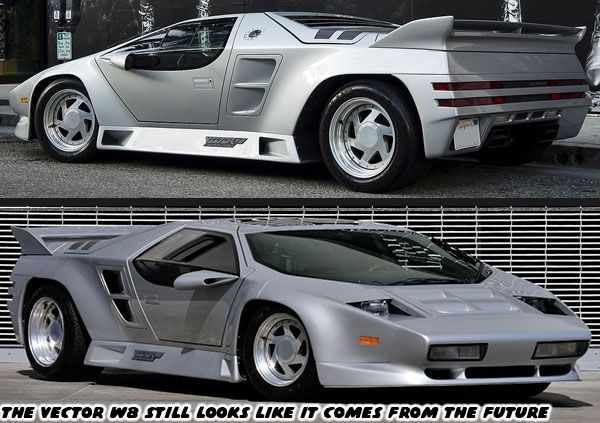
Between the GNX, Superbird, Ferrari F40, and Vector W8 you would think that my desire for fast cars was satiated. I still wanted a sporty head turner. Something in my garage that was unlike any other exotic. I had to be very careful with my selection. The McLaren F1 (1994) was considered to be the pinnacle of supercar design. In fact here’s the
Road & Track article calling the F1 the World’s Greatest Car. It was certainly on my short list, but believe it or not it did not make the cut. Consider it to be number 11 on the list. It would be the first car I add if I expand my fictional garage.

I also considered a Shelby Cobra, and Fort GT40, the American cars that put the Europeans on notice back in the ‘60s. I would have loved the Dodge Viper GTS-R (1998), specifically the 2017 Special Edition. The Dodge V10 was already revolutionary, designed with the help of Carrol Shelby, the father of the Cobra, and GT40 programs. I wasn’t fond of the original Viper RT10 t-top. The hardtop looked much more brutal. The racing tuned version was the peak of performance. Here’s
the Supercars writeup on the 2017 GTS-R. The thing was that I don’t think these models were street legal, I think they could only be used on the track. I could have gotten a street legal version of the Viper, but then again, I wanted a different kind of snake.
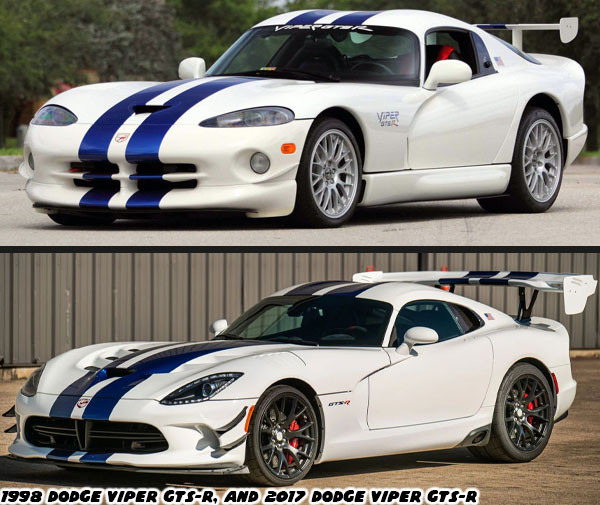
The next car in my garage would come from Japan. I got the same vibe for the Mitsuoka Orochi (2007) that I had from the Vector the very first time that I saw it. It was one of the featured cars, and one of my preferred rides in the
Capcom game Auto Modellista from 2002. Here was a supercar way ahead of its time. The
luxury exotic concept by Mitsuoka had been touring the car shows for years. It was supposed to have over 600hp, making it one of Japan’s true exotic supercars. The finished version had much less than that, but I would have the best tuners in the business replace the Toyota V6 motor with something much more powerful. More than the advertised performance numbers, it was the look that really sung to me. The Orochi was an eight-headed serpent from Japanese mythology. The car looked like a demon by design. The multiple headlights had thin snake-like lines drawn on them to convey that feeling. You can actually see one of these in the background of Avengers: Endgame. In the scene where Ronin (Hawkeye) is killing yakuza members in Japan, and the Black Widow comes to recruit him there is an Orochi behind them.
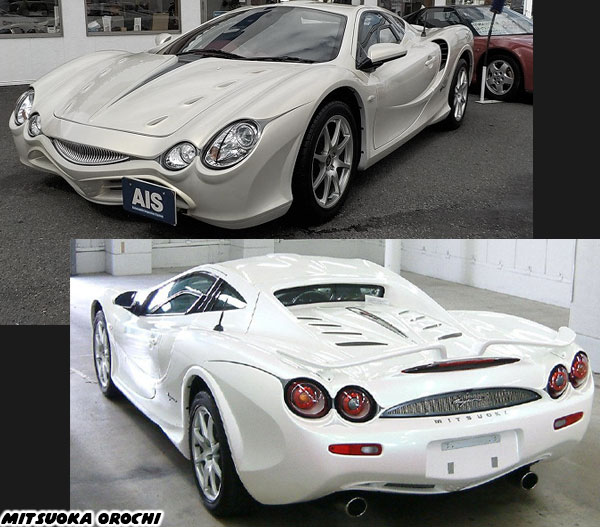
It wasn’t the only Japanese car that I would have in my personal top-10 garage. You might think based on the love that I have for performance cars that my other Japanese ride would be the Nissan Skyline R34 GT-R V-Spec II, Mitsubishi Lancer EVO, or Subaru Impreza WRX. Those are all fantastic cars, but I wanted something less intimidating. I wanted something small, and playful. My original choice was going to be the British Mini Cooper S (2000). I had always had a fondness for the little car from across the pond. When it was properly tuned it was as deceptively fast as the GNX. I wasn’t the only one that had the same feelings for the little car that could.
Road and Track got to race one and fell in love. I would absolutely have added a properly sport tuned, and chassis-stiffened ride in my car, if it could fit 20 rides instead of 10 in my fictional garage.
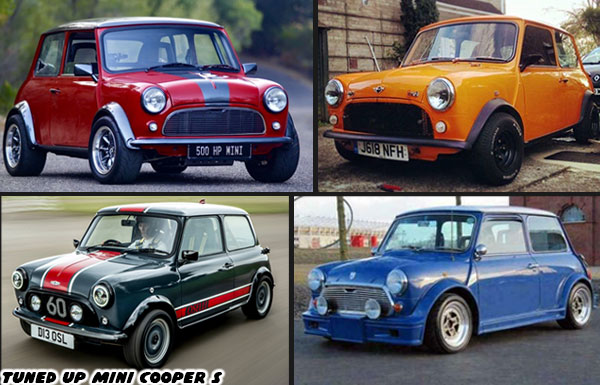
So if I wasn’t going to put a Mini Cooper in my lineup, then what would fit into that tiny spot? I did consider a sport-tuned Subaru 360 from the 1960’s. Or even a Fiat 500 from the same era. They were all fun tiny cars, that could be made into sporty street racers. Ultimately I decided on the Mazda Carol 360 (1964). The millionth car made by Mazda was this micro mini. The look, stance, and shape are unlike anything else out there. The fact that it’s also a 4-seater like the original Mini makes it something functional for the whole family. Although I doubt that we can all fit comfortably in the little car I’d still love to have a tuned up version. The
history of the tiny car is celebrated on Mazda’s site

The ninth car in my lineup would be a Porsche. I can imagine many of you nodding in agreement. I have tons of American rides, but not a fine piece of German engineering. I’m split on a properly tuned up Porsche 911, or Porsche 930 circa 1989. Having a modified engine, suspension, wheels, and tires would only be the beginning. I would call on the Japanese body kit maestro Akira Nakai founder, and customizer RWB Rauh-Welt Begriff (Rough World Concept) to give the car the finishing touches. Mr. Nakai flies all around the world with a rolling toolbox, and installs the wide body kits himself. There is a two-year waiting list to get him for a project. You can find out about what he offers on the
Rauh-Welt Begriff official website. I’ve seen countless videos of the man putting together a car. Watching him work is amazing. He’s like those hair stylists you read about that charge $700 for a haircut, and celebrities have to wait months for an appointment. When you watch him work you realize that he is on another level. He is completely absorbed in his work, an artist far more than just a tuner. Mr. Nakai seems to live on cigarettes, and Coca-Cola bottles while he cuts, assembles, and shapes the final body pieces during the installation process. This means that no two cars are alike, and in fact, he will only create one car per customer. Getting a unique Porsche RWB would definitely help make my car lineup stand out.
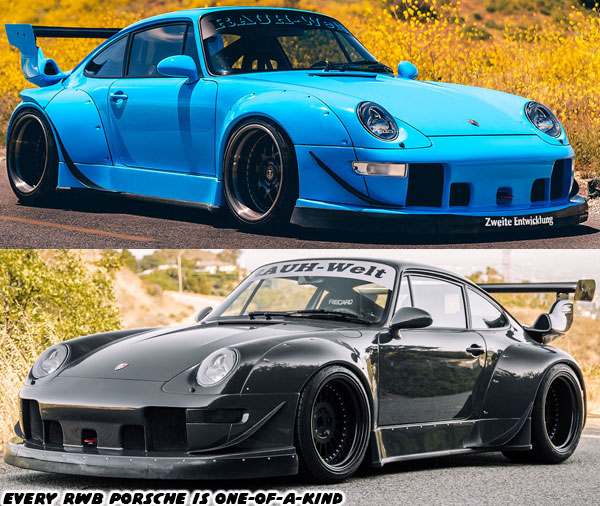
The final car in my garage would be completely custom build from the ground up. Number 10 in my dream list would be a street legal Craftsman NASCAR Truck. These are rare, but they actually exist. There are builders out there that make street legal race cars. I don’t mean they chop up an existing car, and race tune it. I mean they create a roll cage, frame, and engine from scratch. Then they wrap everything in sheet metal, or carbon fiber. These are no frills rides. No A/C, no radio, no sound deadening, no airbags, no side windows, or other amenities. You can read about
the amazing Legalish truck repurposed by Richar Caetano, or even see video of
Cleetus McFaland checking out Lord Cheyenne’s NASCAR Truck. I would absolutely love to get a truck of my own that defies logic. Something that could snap any other sports car in half. I'd use it to cruise down PCH.
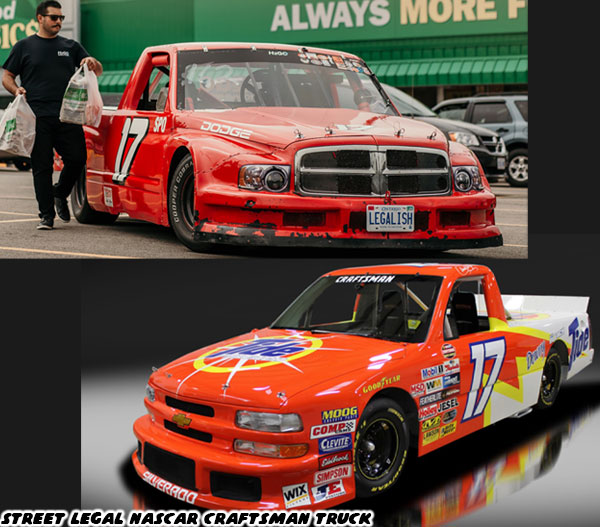
So this what my dream garage would look like. I’d like to hear what your top-10 cars would be if money was no object. Tell me about it in the comments section. As always if you would like to sponsor me
please visit my Patreon page and consider donating each month, even as little as $1 would help make better blogs and even podcasts!















